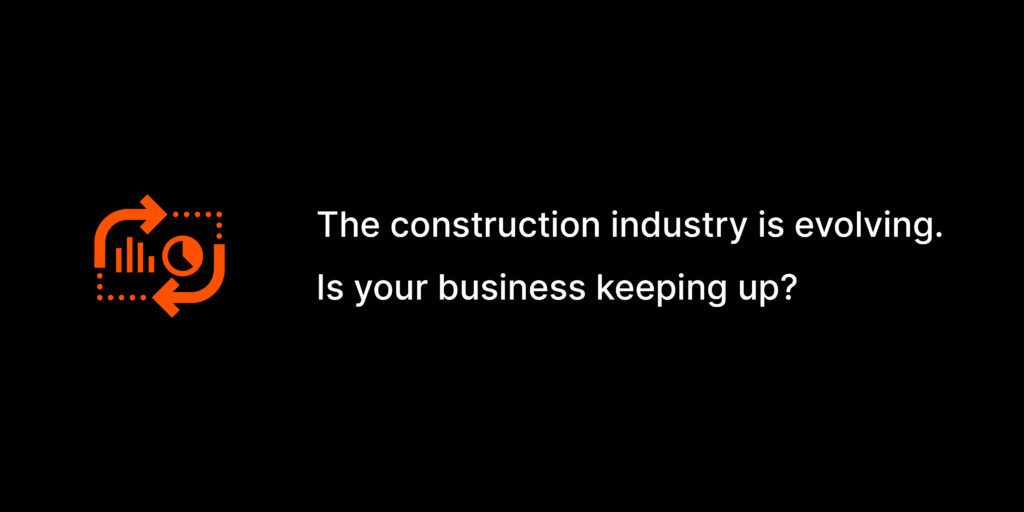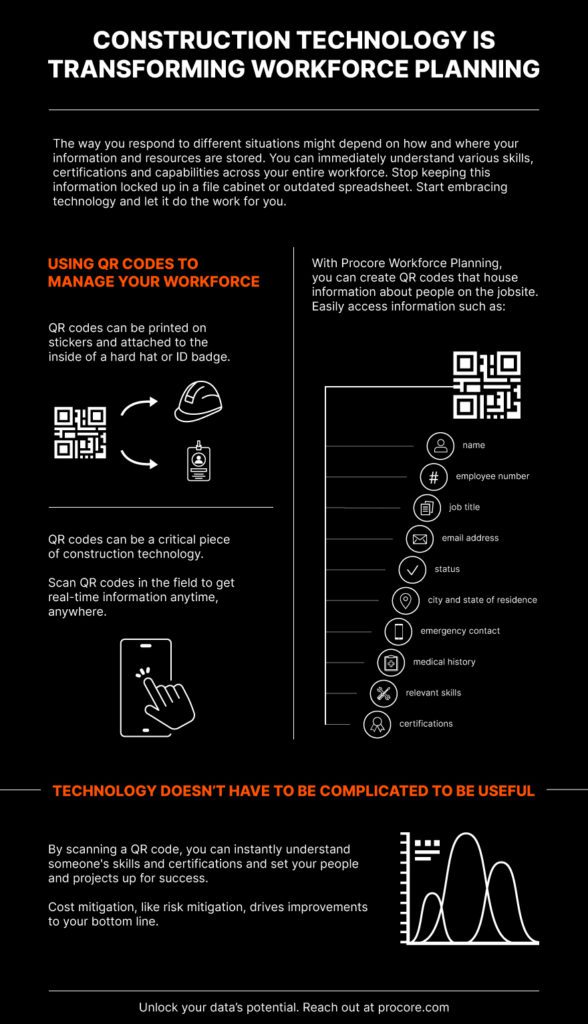The construction industry in the United States is extraordinary. According to IBISWorld, an industry research database, there are over 3.5 million construction businesses, employing more than 9.5 million people across the country in 2021.
From building peaks that shape downtown skylines to cloud connected smart lighting that illuminates city walkways, construction is big business with a history of innovation.

Today, both the field and the office have phones by their side at all times. They need a digital device to ensure they have instant communication to the office or job trailer. Drones are flying around jobsites with pre-programmed flight patterns using GPS technology so large-scale projects can be monitored from the ground or a remote location. This wasn’t possible 25 years ago. As contractors look ahead to the next 25 years, the construction industry continues to evolve. And one area where it’s evolving quickly is in the field of workforce management.
Workforce Planning Software Enables Contractors
Digital workforce management platforms like Workforce Planning are part of the future in the construction industry.
This cloud-based workforce management platform stores all the information needed for people management, project management and more. From certifications and skills to emergency contact information, it’s easy to add to each worker’s real-time digital profile. But what about in the field?
Many contractors take these digital profiles and create QR codes from them – then, they can easily print, attach to a hardhat and scan the code for easy access to see who’s who and who’s where. Instead of waiting for an updated spreadsheet, contractors can instantly know who’s qualified to perform various assignments and more importantly, who to contact when an emergency arises. This type of technology could not only help save a project, but someone’s life.
Take a deeper look at what this type of technology can do for your business.

Digital Transformation in the Construction Industry
Every industry in the world has, is, or will be going through a digital transformation. Digital workforce management is part of this evolution. It makes job sites safer, projects more efficient, and keeps workers skilled, certified and thinking ahead.
Leave a Reply